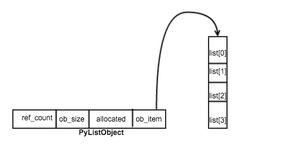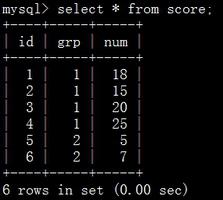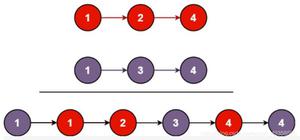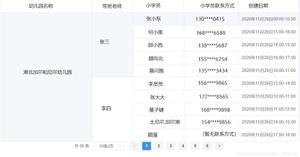Python列表list排列组合操作示例
本文实例讲述了Python列表list排列组合操作。分享给大家供大家参考,具体如下:
排列
例如:
输入为
['1','2','3']和3
输出为
['111','112','113','121','122','123','131','132','133','211','212','213','221','222','223','231','232','233','311','312','313','321','322','323','331','332','333']
实现代码:
# -*- coding:utf-8 -*-
#! pyhton2
from itertools import product
l = [1, 2, 3]
print list(product(l, l))
print list(product(l, repeat=3))
上述代码运行输出:
[(1, 1), (1, 2), (1, 3), (2, 1), (2, 2), (2, 3), (3, 1), (3, 2), (3, 3)]
[(1, 1, 1), (1, 1, 2), (1, 1, 3), (1, 2, 1), (1, 2, 2), (1, 2, 3), (1, 3, 1), (1, 3, 2), (1, 3, 3), (2, 1, 1), (2, 1, 2), (2, 1, 3), (2, 2, 1), (2, 2, 2), (2, 2, 3), (2, 3, 1), (2, 3, 2), (2, 3, 3), (3, 1, 1), (3, 1, 2), (3, 1, 3), (3, 2, 1), (3, 2, 2), (3, 2, 3), (3, 3, 1), (3, 3, 2), (3, 3, 3)]
组合
例如:
输入为
[1, 2, 3]和2
输出为
[1, 2], [1, 3], [2, 3] 不考虑顺序
实现代码:
# -*- coding:utf-8 -*-
#! pyhton2
from itertools import combinations
l = [1, 2, 3, 4, 5]
print list(combinations(l, 3))
上述代码运行输出:
[(1, 2, 3), (1, 2, 4), (1, 2, 5), (1, 3, 4), (1, 3, 5), (1, 4, 5), (2, 3, 4), (2, 3, 5), (2, 4, 5), (3, 4, 5)]
更多关于Python相关内容感兴趣的读者可查看本站专题:《Python数学运算技巧总结》、《Python数据结构与算法教程》、《Python函数使用技巧总结》、《Python字符串操作技巧汇总》及《Python入门与进阶经典教程》
希望本文所述对大家Python程序设计有所帮助。
以上是 Python列表list排列组合操作示例 的全部内容, 来源链接: utcz.com/z/349601.html






